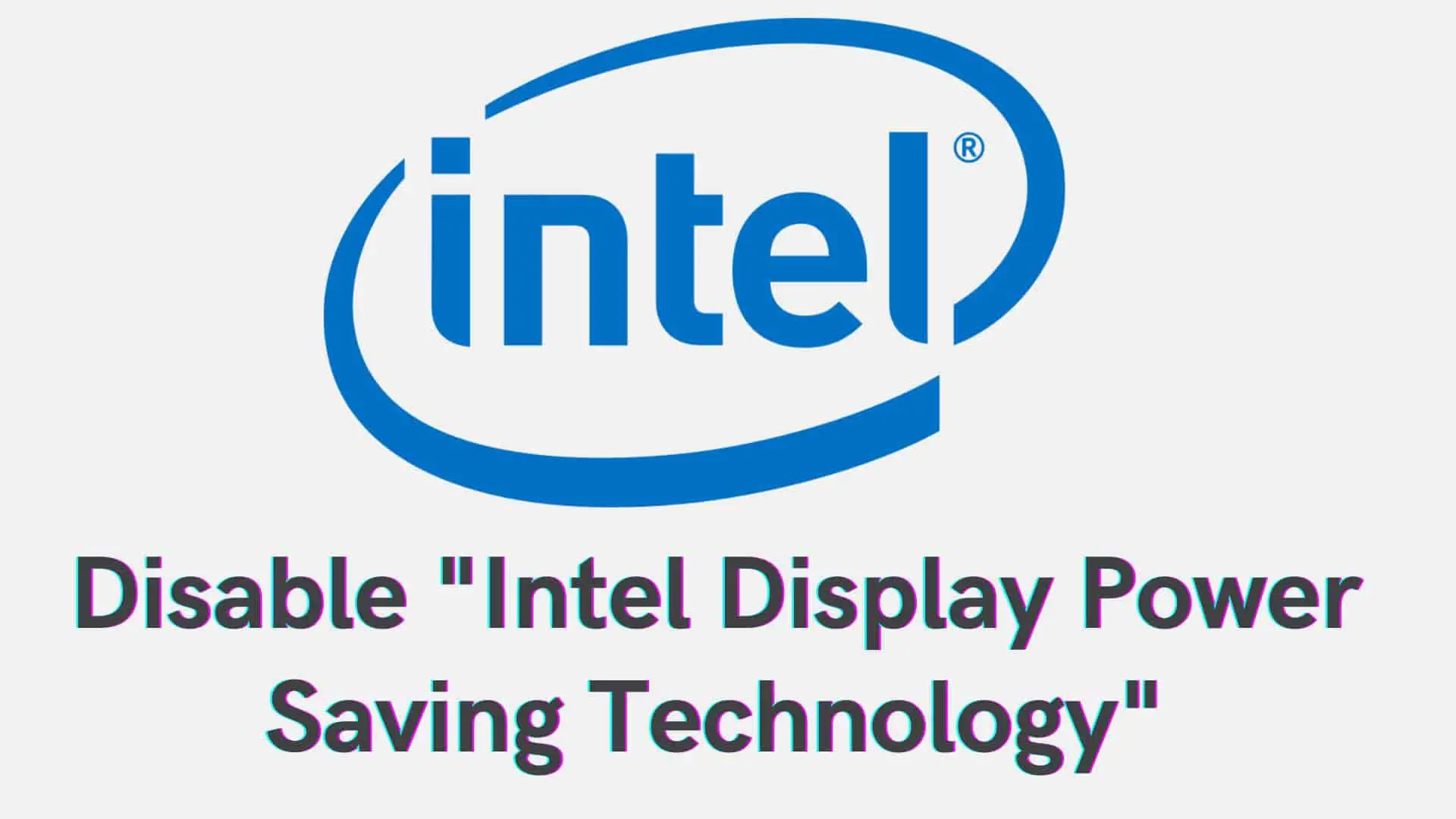How to Fix Discord Error: 'Installation Has Failed'

Are you having problems with your brightness levels constantly changing on your PC? This is a common problem in multiple laptops. This "feature" (that is more a bug than a feature) acts usually when I'm watching a video. In my case, when the image is dark, it turns the screen even darker. If the ambient light at the moment is high, then I cannot see what is going on on the screen. The changes are not unnoticeable, they are quick and significant. This problem is usually caused by Intel Display Power Saving Technology (Intel DPST).
Intel Display Power Saving Technology (DSPT) is a power-saving feature in Intel’s mobile graphics chips. These chips reduce power consumption on a computer by altering the brightness of the display. This feature makes the computer brighter or less bright depending on the situation the computer analyzes or depending on the content it is displaying on the screen.
While a great feature on the surface level, it can be quite buggy. It also tends to be unpredictable from time to time. It comes enabled in a lot of Intel-based systems but it can be disabled.
Intel GPU models may include the Display Power Saving Technology. It is a feature that can save the computer's power consumption by optimizing picture contrast on the internal LCD.
In some systems, the Display Power Saving Technology feature is enabled as the factory default. If you want to disable this feature, you can disable it by following the methods shown below.
This technology controls the LED backlight of the screen. It reduces the backlight as needed when the computer needs to save power. This technology aims to automatically reduce the brightness while maintaining good visuals for the user to see. The key word there is “aims to”. It keeps re-adjusting the backlight according to the content displayed on the screen And to some users, it is quite annoying.
After facing the problem on one of my Dell laptops, I went to its forums. And there, I saw that this was a recurring issue in Dell Laptops. So, here’s how to fix it:
This intel feature can be disabled from the Intel Graphics Command Center. (These steps work on 6th-generation Intel Core processors and higher. For older systems, check out Method 2.) To do this, go through the following steps.
For PCs with processors 5th Gen Intel core processors or lower, an app called Intel Graphics Control Panel is used. It is the predecessor to Intel Graphics Command Center. But, it has the same functionalities. If you have a system running such hardware, follow this guide:
If this does not work, you can seek support from the computer manufacturer by contacting them directly.
Sometimes, it’s not Intel that is the problematic part but windows. This can be checked by visiting the control panel. It can change many settings as well as set the power options. This is what we’ll be looking into in this part of the article. Follow the steps below:
The registry editor in windows is a good way to manage the system settings. This involves tapping into the registry of windows. Therefore, caution is advised before following the given steps.
Steps are as follows:
1. Goto run and type: devmgmt.msc and press Enter
This will open device manager.
2. Locate and use the Display Adapter.
3. Right-click on Intel HD graphics in the list and select Properties.
4. Select the "Details" tab.
5. From the Property Dropdown menu, pick "Driver Key."
6. Look for the driver key in the Value readonly field.
It is 0000 in my situation.
In order to run the troubleshooter, you can go through the following steps:
If this does not work, you have the option of seeking assistance from the manufacturer of the computer by contacting them directly.
Powershell scripts and bat files can be used to disable Intel display power saving technology with a single click. Simply follow this link to get started. Additionally, clone this repository with the following command.
git clone https://github.com/orev/dpst-control.git
When you open the folder, you will see a powershell script (ps1) and a bat file.
To disable DPST, simply double-click disable-dpst.bat.
The feature called “Intel Display Power Saving Technology” has been promoted as useful software. But, according to most anecdotes online, it’s more of a “feature” than an actual feature. It might be handy for people that don’t know how to navigate the basics of Windows. However, it’s not as good as it seems on the surface. And with the latest laptops and computers coming with great batteries, we don’t need to worry about the charge too much.















